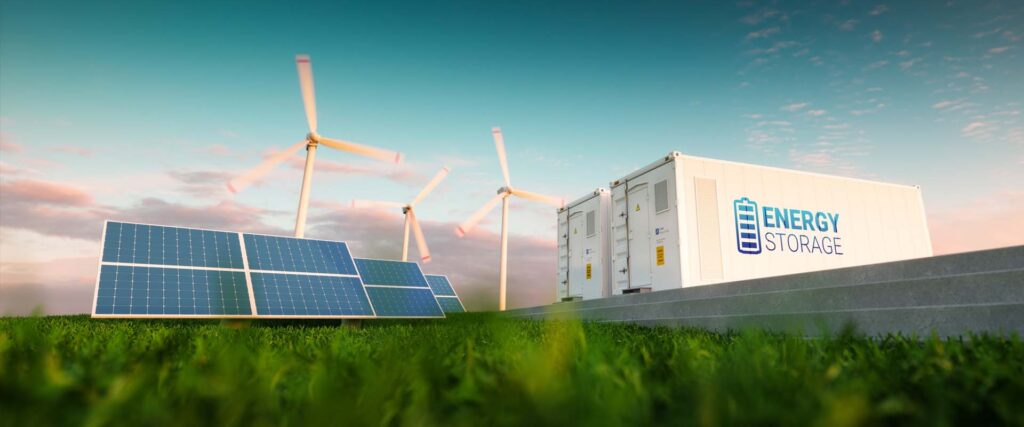Renewable Energy
India’s renewable energy sector is poised for substantial growth and is expected to play a pivotal role in the country’s energy landscape. The growth outlook for renewable energy in India is promising due to several key factors:

1.Ambitious Targets:
- India has set ambitious renewable energy targets, aiming to achieve 175 GW of renewable energy capacity by 2022 and 450 GW by 2030. These targets encompass solar, wind, hydro, and biomass energy sources.
2.Favorable Policy Environment:
- The Indian government has implemented supportive policies and incentives to encourage renewable energy investments. Schemes like the Renewable Purchase Obligation (RPO), competitive bidding, and incentives for solar manufacturing have boosted the sector.
3.Attractive Investment Climate:
- India has attracted significant foreign and domestic investment in renewable energy projects. The ease of doing business, attractive tariffs, and the availability of financing options have contributed to increased investments.
- 4.Declining Costs:
- The cost of renewable energy technologies, particularly solar and wind, has consistently declined. This cost reduction makes renewable energy more competitive with conventional energy sources.
5.Technological Advancements:
- Advancements in renewable energy technologies, energy storage solutions, and grid integration are enhancing the efficiency and reliability of renewable energy systems.
6.State Initiatives:
- Several Indian states have formulated their renewable energy policies and targets, further promoting the development of renewable energy projects at the regional level.
7.Hybrid and Off-Grid Projects:
- The integration of hybrid renewable energy systems, combining solar, wind, and storage, is gaining traction. Off-grid and microgrid solutions are providing electricity to remote areas.
8.Grid Expansion and Integration:
- Investments in grid infrastructure and smart grid technologies are improving the integration of intermittent renewable energy sources into the electricity grid.
9.Solar Power Potential:
- India’s abundant solar resources make it a prime location for solar power generation. Large-scale solar parks and rooftop solar installations are on the rise.
10.Wind Energy Potential:
- The country’s extensive coastline and windy regions provide substantial wind energy potential. Offshore wind projects are also being explored.
11.Green Hydrogen and Clean Fuels:
- India is exploring the production of green hydrogen and other clean fuels using renewable energy, offering prospects for a sustainable energy ecosystem.
12.Global Collaboration:
- Collaborations and partnerships with international organizations and countries, especially in renewable technology development and investment, are fostering growth.
13.Energy Transition Imperatives:
- Environmental concerns, climate change commitments, and the need for energy security are driving India’s transition towards cleaner and sustainable energy sources.
Despite these favorable factors, there are challenges in land acquisition, grid infrastructure, financing, and policy implementation that need to be addressed to fully realize India's renewable energy potential. However, with continued government support, innovation, and private sector participation, India is likely to make significant strides in its transition to renewable energy in the coming years.
Despite these favorable factors, there are challenges in land acquisition, grid infrastructure, financing, and policy implementation that need to be addressed to fully realize India's renewable energy potential. However, with continued government support, innovation, and private sector participation, India is likely to make significant strides in its transition to renewable energy in the coming years.
